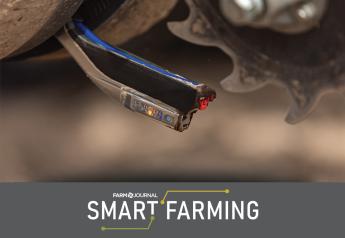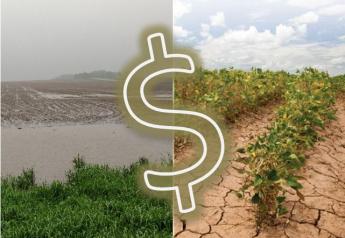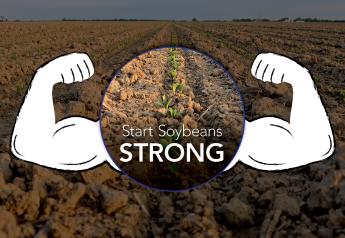California Lemon Industry Sues over Argentine Fruit

Santa Paula, Calif.-based U.S. Citrus Science Council has filed suit against the U.S. Department of Agriculture for allowing lemons from Argentina into the U.S.
The council, which represents about 750 farms and much of the fresh lemon production in the U.S., is concerned the fruit could bring pests and diseases from that country, according to a news release.
The lawsuit argues that proper procedures were not followed to develop the rule, which was issued Dec. 23, subjected to a 60-day stay Jan. 22 and to another 60-day stay March 17. The rule goes into effect May 26.
The USDA’s estimate of the rule’s economic impact on the U.S. lemon industry is another point of contention, but the pest and disease risk is the biggest concern.
“If you start allowing shortcuts to be taken now, how does this affect other import petitions from other countries from pest- and disease-infested areas?” said Joel Nelsen, president of California Citrus Mutual. “If we allow this rule to go forward now and we, as a food source, are a pawn in other discussions with two administrations, what does that do for our food security?
“We feel rather strongly that (USDA can) do the rule — we can agree to disagree on certain things — but do it right,” Nelsen said.
The industry is not filing for injunctive relief but would like to see the matter resolved in the next year or so.
“We’re hoping all this gets done within a 12-month period, but that’s entirely dependent on the court,” Nelsen said. “My definition of utopia is a victory in court and the Department of Agriculture goes back ... (and) does the rule with a process that’s done correctly, that is fully transparent, and then, at that time, the lemons from Argentina would be allowed into the U.S.”
In the lawsuit, the industry cites a pair of visits to the country as potentially insufficient grounds for deeming the pest and disease risk there to be manageable.
“The rule is claimed to be grounded on information gained from an Argentine site visit said to have taken place in 2015,” Nelsen said in the release. “Despite repeated requests and the filing of a Freedom of Information Act request, we have never been allowed to review a trip report for that visit.”
The trip the USDA took to Argentina in September also sparked questions. The aim was to evaluate harvesting and packing practices there.
“The visit was simply a paper exercise inasmuch as the Argentine industry was in a dormant stage at the time of the trip,” San Joaquin Valley producer Curt Holmes said in the release. “As a grower of lemons and other citrus varieties, I know when pests are prevalent and when the optimum time for evaluating pressures exists. Flush, bloom and petal fall is the major time frame for that to occur.
“For USDA to assume they can make a determination before any of that occurs is absurd,” Holmes said.
In the lawsuit, the council also points to language in the rule that limits lemon imports from Argentina to Northeastern ports this year and in 2018.
“This implicit admission that California presents unique risk factors for which the rule’s mitigation measures will not be effective compounds the arbitrariness of the rule — not only because it belies APHIS’s earlier reasoning, but because, among other things, APHIS has failed to explain how matters will be materially different once the two-year period has elapsed,” the council said in the document, “and it has failed to explain how, during the two-year period, the agency will prevent lemons imported to Northeastern ports from arriving in California through domestic distribution channels.”







